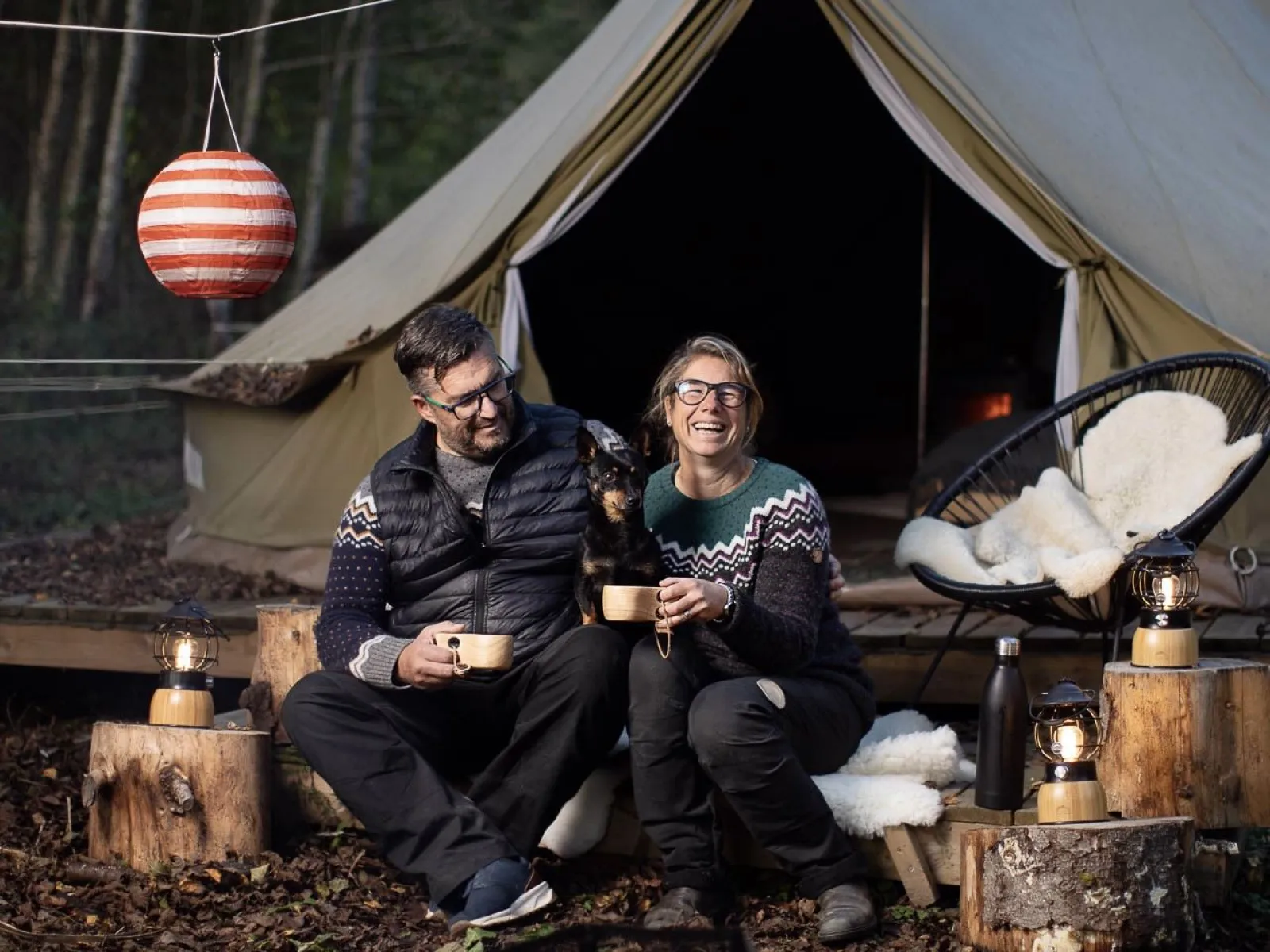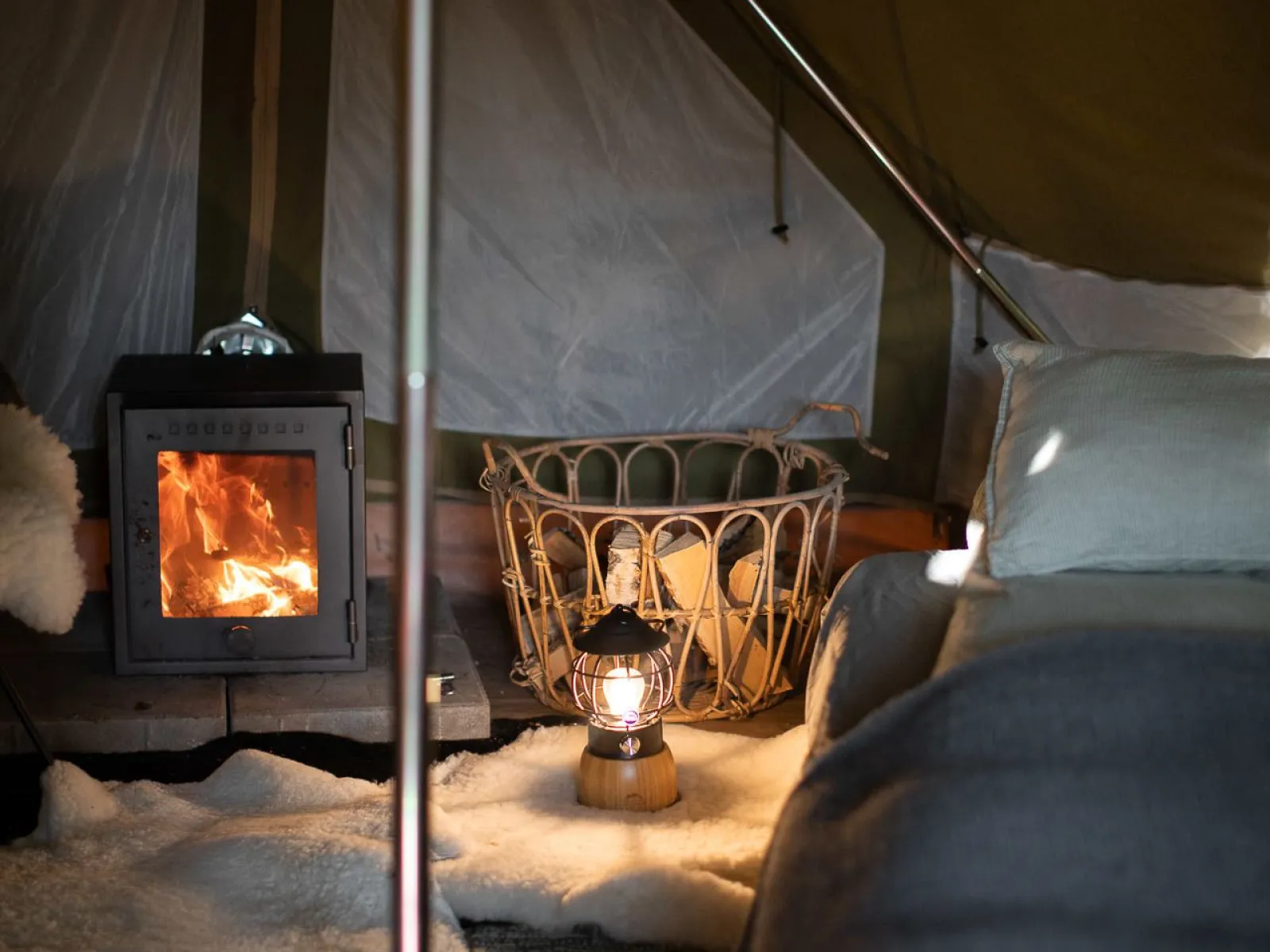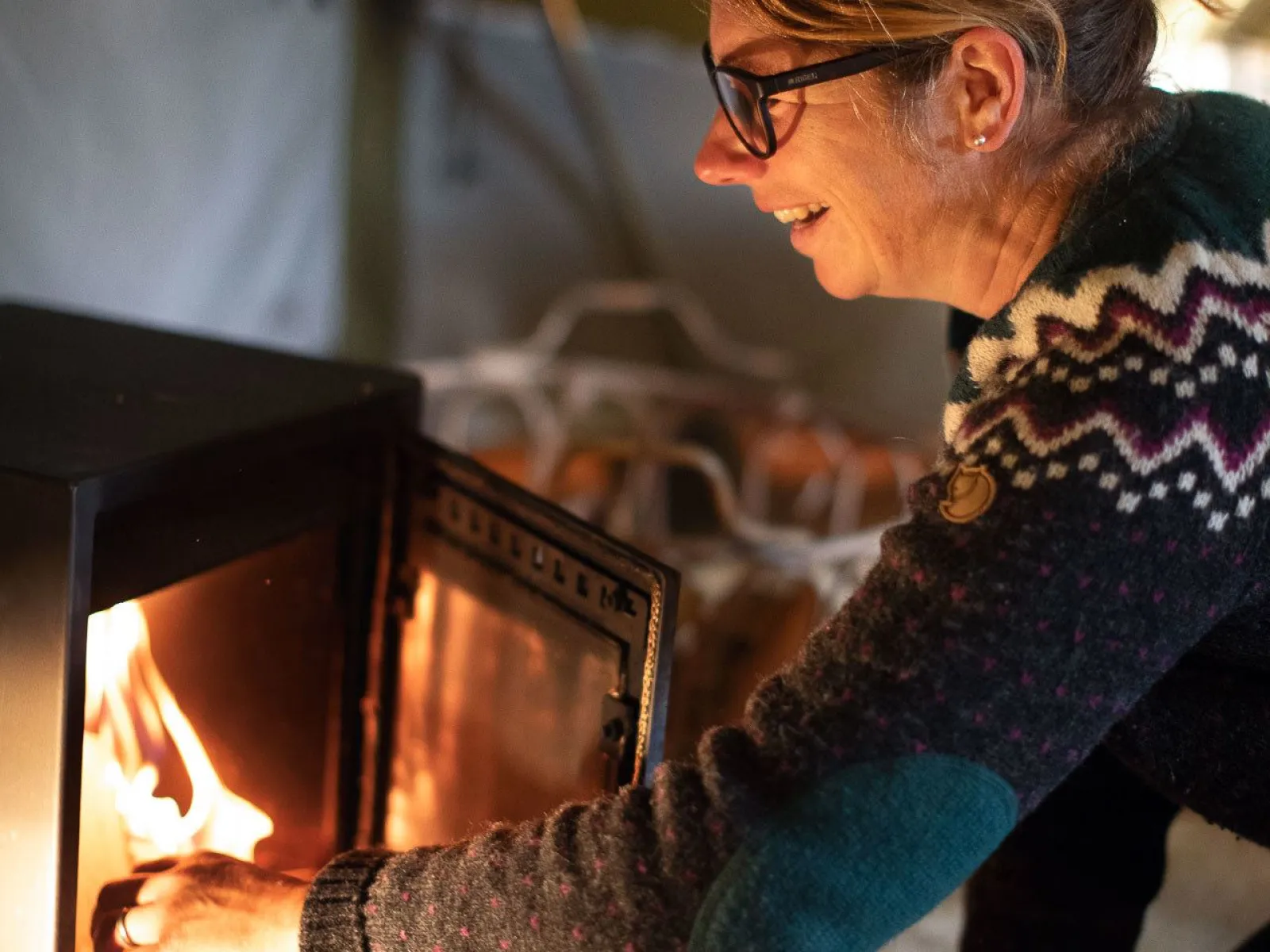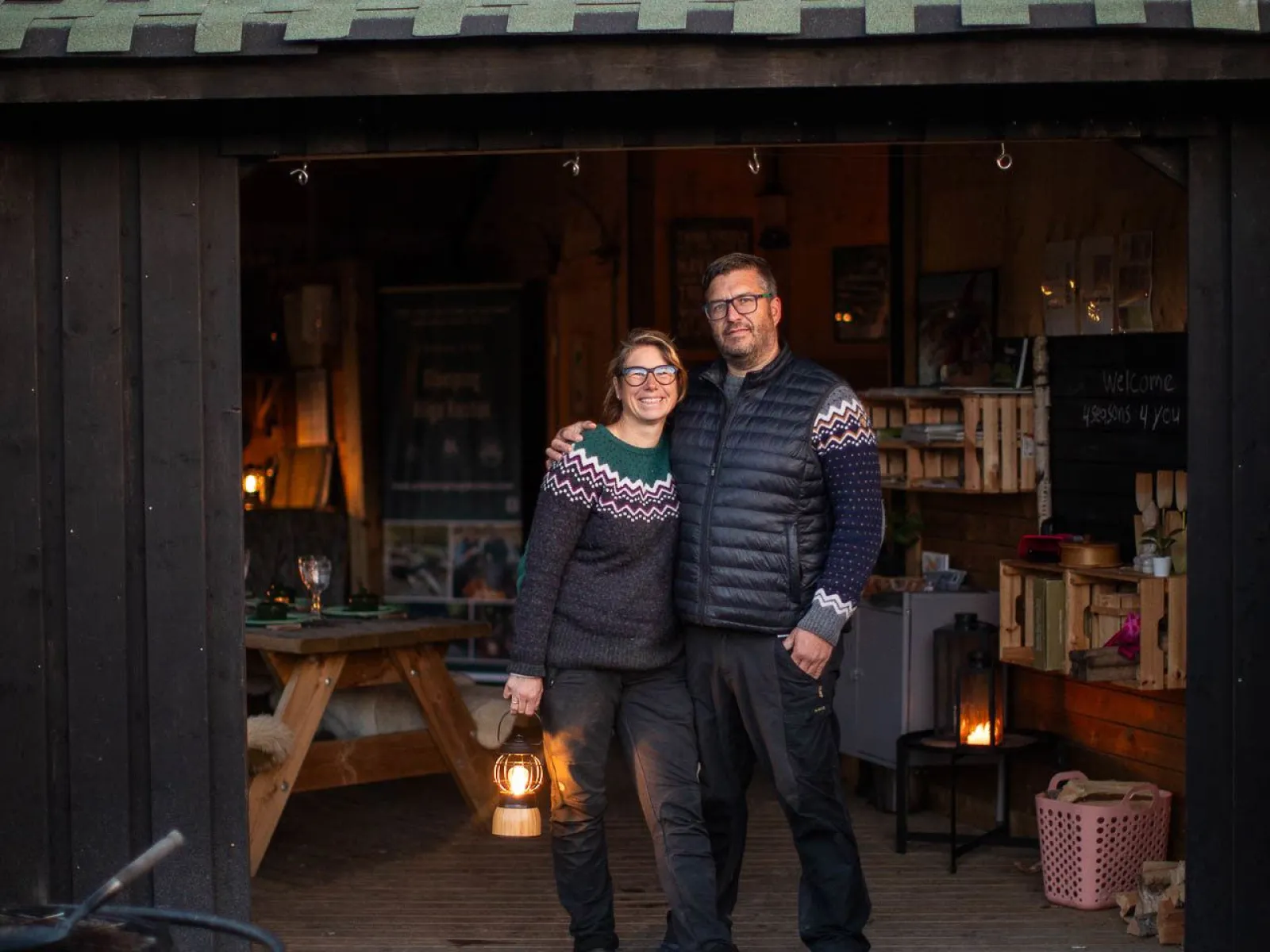Glamping Höga Kusten
Glamping for us is when beautiful nature and modern luxury come together. When the feeling of being in the wilderness is combined with comfortable beds and served food. Glamping Höga Kusten inspires people to get closer to nature. Our purpose is to explore experiences based on encounters with nature
Glamping for us is when beautiful nature and modern luxury come together. When the feeling of being in the wilderness is combined with comfortable beds and served food. Glamping Höga Kusten inspires people to get closer to nature. Our purpose is to explore experiences based on encounters with nature. Feel the rhythm of nature and be a part of it.
Passend für
- Enjoyers of life
- Adventure seekers
- Family
- Par
- Grupper
- Allergie gerecht
- Environmentally friendly
Gut zu wissen
- WiFi
- Haustiere erlaubt
- Food & Drink
- Toa
Food and drinks
- Abendessen
- Lunch
- Uteservering
Komm her
- Parkplatz
Beschreibung
On the Glamping site, there are no clusters of tents with modern facilities here. Instead our few glamping tents are located in carefully selected and particularly beautiful places, spread out with the aim of creating that feeling of staying in the middle of nature. That you can breathe out and become one with nature’s own breath.
Feel it, hear it and smell it.
A private, secluded spot among woods, meadows and babbling brooks. Carefree with time for reflection and recovery. Personal, simple and relaxed.
We take care, you ake a break from your everyday routines.
Glamping Höga Kusten has the sustainability label “Nature’s best”.
”Ecotourism is responsible travel that helps protect natural environments and supports the well-being of the local population” (Världsnaturfonden-WWF 1994)
Feel it, hear it and smell it.
A private, secluded spot among woods, meadows and babbling brooks. Carefree with time for reflection and recovery. Personal, simple and relaxed.
We take care, you ake a break from your everyday routines.
Glamping Höga Kusten has the sustainability label “Nature’s best”.
”Ecotourism is responsible travel that helps protect natural environments and supports the well-being of the local population” (Världsnaturfonden-WWF 1994)




